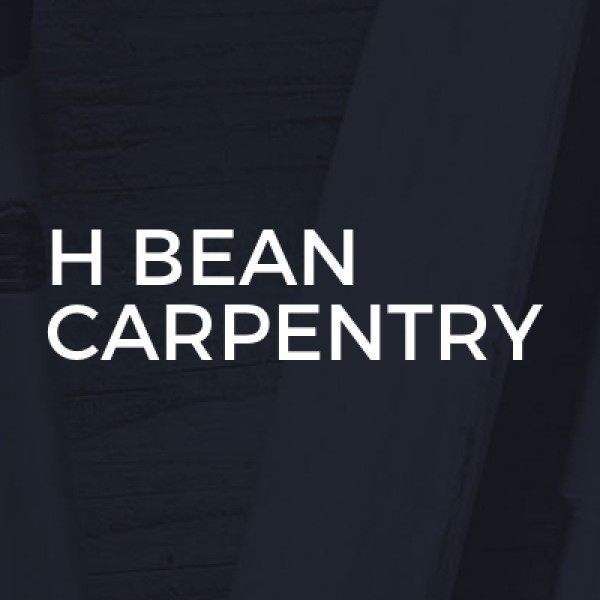Loft Boarding in Stratford
Welcome to Crown Roofing And Building, your trusted partner for all your building and renovation needs in New Barnet and across Barnet, L... read more »
Welcome to SAF Construction Consultant, your premier choice for construction services in South Tottenham and the wider Haringey, London a... read more »
Welcome to H Bean Carpentry, your go-to experts for all things carpentry and plastering in the heart of Blackfen. Proudly serving the Bex... read more »
Welcome to Rems Building Services Ltd, your trusted p... read more »
Welcome to O'Donovan Construction Management Ltd, you... read more »
Welcome t... read more »
Welcome to Animus Construction, your trusted partner... read more »
Welcome to Madeira Construction Ltd, your trusted bui... read more »
Welcome to Brooklyn Block Paving, your trusted trades... read more »
A.N Build Ltd is a reputable constru... read more »
Welcome to TEAL CO Windows and Doors Ltd, a distingui... read more »
Welcome to Addspace Building Ltd, your trusted builde... read more »
Welcome to J Sutton Building Services, your go-to exp... read more »
Ving Building Solutions Limited is y... read more »
Kaz Star Builders Ltd: Premier Builders in Ea... read more »
Welcome to Upmost Lofts, your premier choice for top-... read more »
Welcome to A To Z Builders, your go-to experts for al... read more »
Welcome to Hall and Sons Ltd, your premier choice for... read more »
Welcome to G&J Builders, your trusted partner for lof... read more »
Search Loft Boarding in places nearby
Understanding Loft Boarding in Stratford
Loft boarding in Stratford is becoming increasingly popular as homeowners seek to maximise their living space without the need for costly extensions. By transforming an underutilised loft into a functional area, residents can enjoy additional storage or even create a new room. This article will delve into the various aspects of loft boarding, offering insights into its benefits, considerations, and the process involved.
What is Loft Boarding?
Loft boarding involves installing a floor in your loft space, making it safe and accessible for storage or other uses. It typically includes laying boards over the joists, creating a stable surface. This process not only enhances the usability of the loft but also helps in maintaining the insulation and energy efficiency of your home.
Benefits of Loft Boarding
- Increased Storage Space: One of the primary advantages is the additional storage space it provides. You can store seasonal items, old furniture, or anything that clutters your living area.
- Cost-Effective: Compared to building an extension, loft boarding is a more affordable way to increase your home's usable space.
- Energy Efficiency: Properly boarded lofts can help improve insulation, reducing heat loss and lowering energy bills.
- Enhanced Property Value: A well-boarded loft can add value to your property, making it more attractive to potential buyers.
Considerations Before Boarding Your Loft
Before embarking on a loft boarding project, there are several factors to consider:
- Loft Height: Ensure there is enough headroom to make the space usable.
- Access: Consider how you will access the loft. A sturdy ladder or staircase may be necessary.
- Insulation: Check the existing insulation and ensure it won't be compromised by the boarding process.
- Structural Integrity: Ensure the loft can support the additional weight of the boards and stored items.
The Loft Boarding Process
The process of loft boarding involves several steps to ensure a safe and effective installation:
- Assessment: A professional will assess the loft space to determine its suitability for boarding.
- Preparation: This involves clearing the loft and ensuring all insulation is in place.
- Installation: The boards are laid over the joists, and any necessary supports are added.
- Finishing Touches: This may include installing lighting or additional insulation.
Choosing the Right Materials
When it comes to loft boarding, selecting the right materials is crucial. Common options include:
- Chipboard: A cost-effective and durable option, ideal for most lofts.
- Plywood: Offers a smoother finish and is slightly more expensive.
- OSB (Oriented Strand Board): Known for its strength and affordability.
DIY vs. Professional Installation
While some may opt for a DIY approach to loft boarding, hiring a professional can offer several advantages:
- Expertise: Professionals have the experience and knowledge to ensure a safe and effective installation.
- Time-Saving: A professional can complete the job more quickly than a DIY attempt.
- Warranty: Many professionals offer warranties on their work, providing peace of mind.
Loft Boarding Regulations
In Stratford, as in other parts of the UK, there are specific regulations to consider when boarding a loft:
- Building Regulations: Ensure compliance with local building regulations, particularly if you plan to convert the loft into a habitable space.
- Fire Safety: Consider fire safety measures, such as smoke alarms and fire-resistant materials.
Cost of Loft Boarding in Stratford
The cost of loft boarding can vary depending on several factors:
- Size of the Loft: Larger lofts will require more materials and labour.
- Type of Materials: The choice of materials can significantly impact the overall cost.
- Labour Costs: Hiring professionals will add to the cost but can ensure a higher quality finish.
Finding a Reliable Loft Boarding Service in Stratford
When searching for a loft boarding service in Stratford, consider the following tips:
- Research: Look for companies with positive reviews and a strong reputation.
- Quotes: Obtain multiple quotes to compare prices and services.
- Experience: Choose a company with extensive experience in loft boarding.
Maintaining Your Boarded Loft
Once your loft is boarded, regular maintenance is essential to ensure its longevity:
- Check for Damage: Regularly inspect the boards for any signs of damage or wear.
- Keep it Clean: Dust and clean the loft to prevent the buildup of dirt and debris.
- Monitor Insulation: Ensure the insulation remains effective and hasn't been compromised.
Common Mistakes to Avoid
When boarding a loft, avoid these common pitfalls:
- Ignoring Insulation: Ensure insulation is not compressed or damaged during installation.
- Overloading: Avoid placing too much weight on the boards, which could compromise structural integrity.
- Poor Access: Ensure there is safe and easy access to the loft.
Environmental Impact of Loft Boarding
Loft boarding can have a positive environmental impact by improving energy efficiency and reducing heat loss. By using sustainable materials and ensuring proper insulation, homeowners can contribute to a greener environment.
Future Trends in Loft Boarding
As technology and materials advance, the future of loft boarding looks promising:
- Smart Storage Solutions: Innovative storage solutions are being developed to maximise space.
- Eco-Friendly Materials: The use of sustainable and eco-friendly materials is on the rise.
- Advanced Insulation Techniques: New insulation methods are being introduced to enhance energy efficiency.
Frequently Asked Questions
- Is loft boarding suitable for all types of homes? Most homes can benefit from loft boarding, but it's essential to assess the structural integrity and headroom before proceeding.
- How long does the loft boarding process take? The duration varies depending on the size of the loft and the complexity of the project, but it typically takes a few days.
- Can I use my boarded loft as a living space? While loft boarding provides a stable floor, additional work is required to convert it into a habitable space, including compliance with building regulations.
- Do I need planning permission for loft boarding? Generally, planning permission is not required for loft boarding, but it's advisable to check with local authorities.
- What is the best material for loft boarding? The choice of material depends on your budget and requirements, with chipboard being a popular and cost-effective option.
- Can loft boarding improve my home's energy efficiency? Yes, when done correctly, loft boarding can enhance insulation and reduce heat loss, leading to lower energy bills.
Loft boarding in Stratford offers a practical solution for homeowners looking to optimise their living space. By understanding the process, benefits, and considerations, you can make an informed decision and enjoy the advantages of a well-boarded loft.
Send a message







